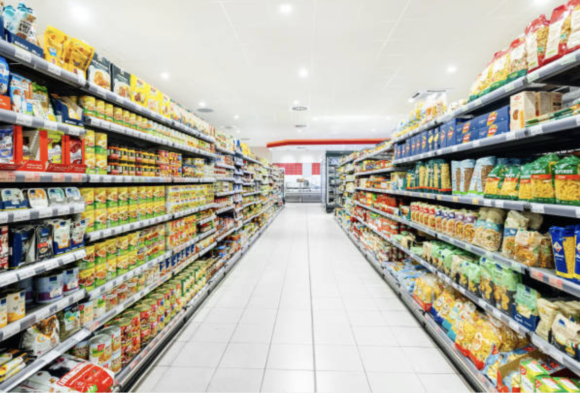Despite recent data showing a moderation in grocery price increases, many Americans continue to grapple with the reality of rising food costs. Let’s explore why this remains a pressing issue and how consumers are adapting in today’s economic environment.
1. Stabilizing Prices, Persistent Challenges
While official reports indicate a modest uptick of just over 1% in grocery prices over the past year—a significant improvement from previous spikes—this stabilization doesn’t necessarily translate to relief at the checkout counter. The lingering effects of earlier steep increases have left a lasting impact on consumers in Lynchburg, Virginia, who often find themselves spending more than anticipated on everyday groceries. Compounded by “shrinkflation,” where product sizes decrease while prices stay the same or rise, shoppers feel the pinch acutely.
2. Consumer Responses and Adjustments
In response to these challenges, consumers are adjusting their shopping habits. Many are opting for more economical alternatives, such as store brands or private labels, which offer comparable quality at a fraction of the cost. A grocery stocker at a Target store in Florida, notes the increasing popularity of Target’s Market Pantry bread among cost-conscious shoppers. Similarly, families are turning to homemade meal solutions to circumvent inflated prices of pre-packaged items like frozen chicken nuggets, a trend driven by both financial prudence and a desire for healthier eating.
3. Industry Dynamics and Market Reactions
The economic pushback from consumers is not going unnoticed by major food producers. Companies like PepsiCo, facing declining sales in certain snack categories, are reevaluating pricing strategies to maintain market share. This shift includes offering discounts and promotions to mitigate customer resistance to higher prices. Such market adjustments contribute to a slower pace of grocery price increases, offering a reprieve for budget-conscious shoppers.
4. Future Outlook and Economic Realities
While specific grocery items like fruits, vegetables, milk, and cheese have seen price decreases in recent months, the overall cost of groceries is unlikely to decrease significantly in the near term. However, there is a positive correlation between wage growth and grocery inflation. With average wages rising faster than grocery prices—up 3.9% over the last year—consumers may find their purchasing power slightly enhanced compared to previous years, despite persistent cost pressures.
Navigating the complex landscape of food prices requires consumers to be informed and proactive. By embracing budget-friendly alternatives, leveraging discounts, and adapting to market shifts, households can mitigate the impact of rising grocery costs on their daily lives. While the road ahead may not promise immediate relief from high food prices, strategic consumer choices and market dynamics suggest a potential path toward greater stability and affordability in the future.




